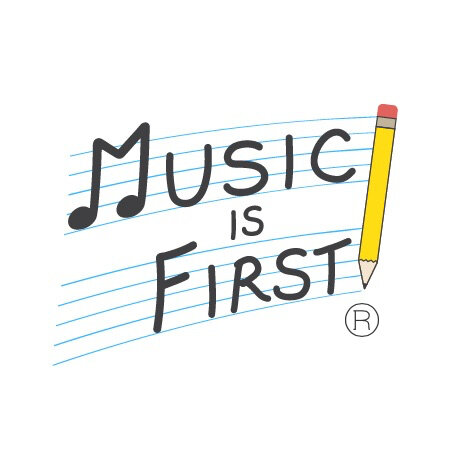What is ear training and why is it important? Ear training is the process of learning to play your instrument, writing it down, and identifying mistakes in music and then fixing them ALL BY EAR. Does this sound familiar? Yep, we teach students to do this all the time when we teach spelling, sentence structure and grammar. In Language Arts we call this dictation. And so in music, it is called musical dictation. In both disciplines, it is one of the hardest skills to acquire. By introducing ear training in the earlier grades, students have plenty of time to practice recognizing sounds in music and language that will aid them in their learning in years to come. Below is a simple activity you can use with your students.
DURATION OF ACTIVITY: 20 minutes
Integration Concepts: Science: Senses; Literacy: Letter and Sound Recognition; Music: Pitch and Resonation
MATERIALS NEEDED: A partition or something that divides you and the students so they can’t see what your hands are doing. Objects that make sounds such as: a bell, shaker, pencil being sharpened in a sharpener, triangle, scissors, deck of cards, coins, rhythm tube, a pair of gloves sounds like a birds wings flapping, frozen romaine lettuce makes breaking bone injury noises, ¼” audio tape balled up sounds like grass or brush when walked on, cellophane creates crackling fire effects (download the lesson plans below for more ideas.
INSTRUCTION:
Tell Student, “Today we are going to explore the sounds objects make. Which of our 5 senses do we need to use to do that?
Set up a partition or area where you can access all of your objects without students being able to see what you are doing.
Have the students guess by “hearing” what you are using to make sounds.
Ask any of the inquiry questions below.
INQUIRY:
How would you describe the sound?
What object do you think made that sound?
What materials is it and why? (I.e. plastic, metal, wood, glass, etc.)
Was it a loud (Forte) or a Soft (Piano) sound?
What mood does this sound make?
REFLECTION: Ask students, “What did they learn about sound? Was it easy or challenging to identify the object with the sound and why?” You may want to explain that many sounds are often association with emotions or moods such as sounds commonly heard in scary movies or sounds heard at a festival, carnival or party. Discuss sounds that are often associated with moods or emotions.
Extensions Ideas: Pass out everyday objects such as classroom items, things from the kitchen or any percussion or musical Instruments that you might have laying around. They can also be made, found, or recycled. Let students play them and discuss sounds, pitch, quality, etc.
To enhance the literacy component, use a word bank or letters of the alphabet for different sounds (i.e. S for stapler and scissors, K for keys, T for triangle, C for coins, etc.)
Click on the button to download the lesson plan.

